Stefania Zamparelli. Pictures Instead of Narrative
In a calm, low voice, choosing her words carefully between one cigarette and another, Stefania Zamparelli speaks at a rate that does not betray its Neapolitan origins.
Her rebellious nature is immediately apparent when she states: "I was born in a family of doctors, my father was a doctor, my brothers are doctors, and If I had gone along with their plans, I also would have been a doctor, but I let everyone down when the time came to choose a major and I enrolled in foreign languages and literature. Once I have completed my studies I worked as a teacher, but I hated that job, so I decided to leave Italy and I chose to come to New York to improve my English ... or at least that was the excuse needed to leave. At first it was hard: I shared an apartment with other people, one can barely call that an apartment really, located in one of the worst neighborhoods in the city.
I had an endless series of jobs to pay for photography school, The School of Visual Arts, as well as for other expenses: I started as a busgirl, then I was a waitress in an Italian restaurant, I sold T-shirts, I was a cleaning lady, I worked in wardrobe ... Well, basically I was willing to do anything to stay here and to be able to support myself without asking my father for money. These were depressing jobs. I still remember the feeling of nausea that overcame me every time I walked into the restaurant and at the inevitable thought of having to run to and from the kitchen, at the smells and the forced smile that I had to keep plastered on my face for the entire evening. So I thought I would once again try out the role of a teacher: teaching Italian, privately this time, but the experience was, once again, a failure. The people I worked for were all wealthy, no one was really motivated to learn, and this was upsetting to me, so I decided that I would never be a teacher again! In the meantime, I was collecting reply letters from various New York photo editors to whom I kept sending my portfolio, and whom invariably would respond with: 'Your work looks great, keep shooting!' And which I translated to: 'You will never get anywhere.'"
Stefania comes off as a strong personality. She immediately seems to be a solid woman, concrete, decisive, direct, essential. She describes herself as "not at all sociable" and continues "I like minding my own business, in silence, perhaps this is why I love photography so much, because it is immediate and silent."
That's right, because after the many and diverse occupations she took on, Stefania, eventually chose to work in photography. "I think I became passionate about photography when I was very young, just a teenager: once a month, my father would receive in the mail medical journals, of which I still have several copies. It was called "In the field of medicine and Culture." I was fascinated not only by the articles which were certainly interesting, but what I was captivated by were the images: photographs absolutely avant-garde for those years. There were many, there was one almost on every page and they were large enough to be able to study the details. I never got tired of looking at them, even now I find them incredibly beautiful, and I still occasionally flip through a random issue of the magazine."
Another cigarette and then, at last, with care and attention, Stefania takes out large prints of her photographs, and telling anecdotes, she flips through them. Almost all of the images depict human subjects, a few landscapes, natural or artificial, all of them are photographs taken between Africa and Asia: Syria, Numibia, Afghanistan, Papua. "In my photographs I try to capture the time, maybe ten years from now it will not be possible to photograph these same things, in the case of war games and other rites of the tribe in Papua." Then she explains: "I like to travel. As soon as I get the chance I leave. I'm away for two, three, four months ... as long as I can. I visit parts of the world which seem really forgotten by everyone. These are places where tourism does not exist, and because of this, at least from this point of view, these places are immaculate.
Therefore, these are areas inhabited by people who live in the simplest way possible, in homes often without running water and electricity; areas where people retain the oldest values in the world, those that existed before religions or conventions institutionalized them. That 's what I want to relay when I take a picture, or rather, I want to demonstrate it! I could write about it, of course, but I hate fiction, I flee away from it in every possible way, so instead of narrating I prefer to indicate, to photograph. I want to photograph / tell that the so-called Third World has something that goes beyond the stereotype that civilized countries offer, so people portrayed in my pictures are smiling, playing, praying, working, protesting. There is nothing different between their lives and ours: we all do the same things, we all want the same things."
And it is exactly for this reason, to "show, to demonstrate, to document" and, in its way, tell, that Stefania, along with 1800 other artists living in Brooklyn, will take part in "Open Studio," an event designed to promote art. On the 8th and 9th of September the artists will open the doors of their studios to the public, whom then through an on-line voting system will decide which of the 1800 artists, will exhibit their work at the Brooklyn Museum.
Stefania is one of the 68 participating artists residing in the neighborhood of Bedford Stuyvesant. "I don't have a proper studio, therefore I will open the doors of my house where I will mount a small exhibition of my work," concludes Stefania, "and on the other hand when I am not traveling I carry out all my work here.
Bolivia, Senegal, Egypt, Afghanistan. The places and populations which Stefania visits are all, in one way or another, "extreme", but these are the places and the people that Stefania loves and photographs perhaps because, they resemble her a bit...
































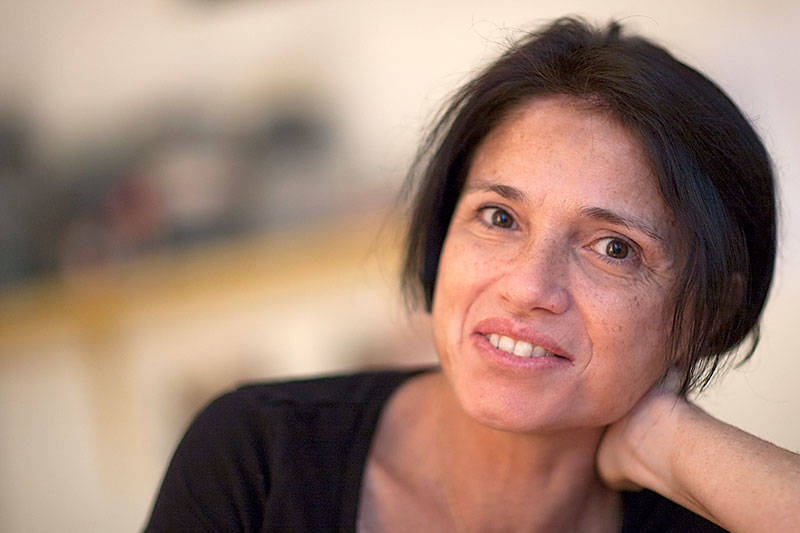
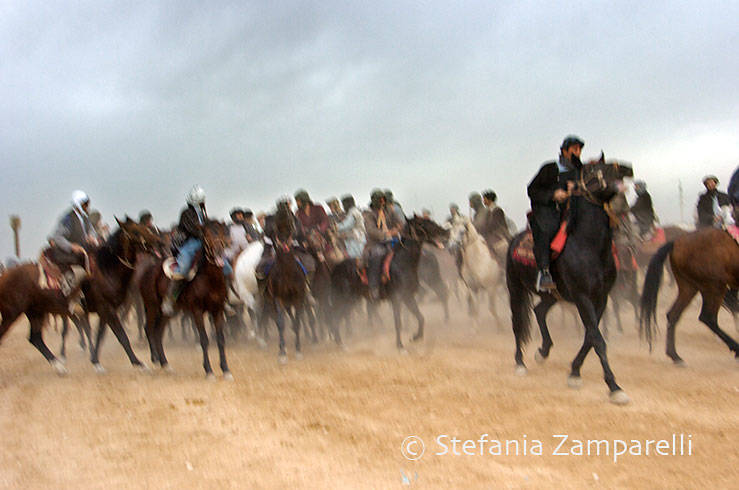
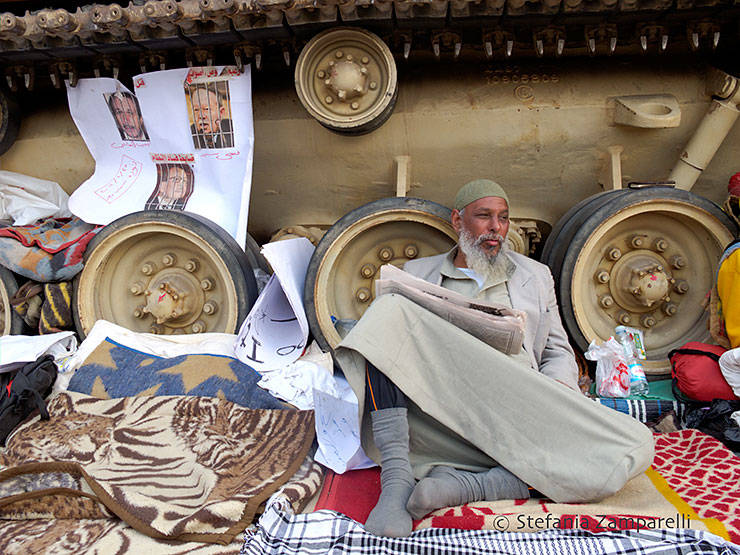
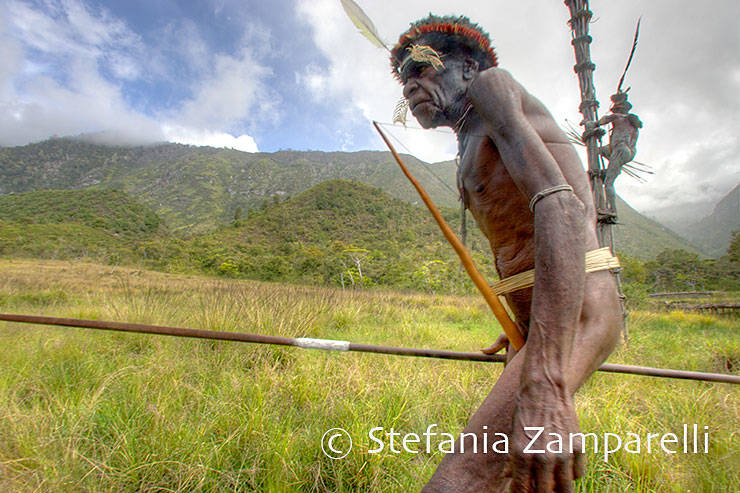
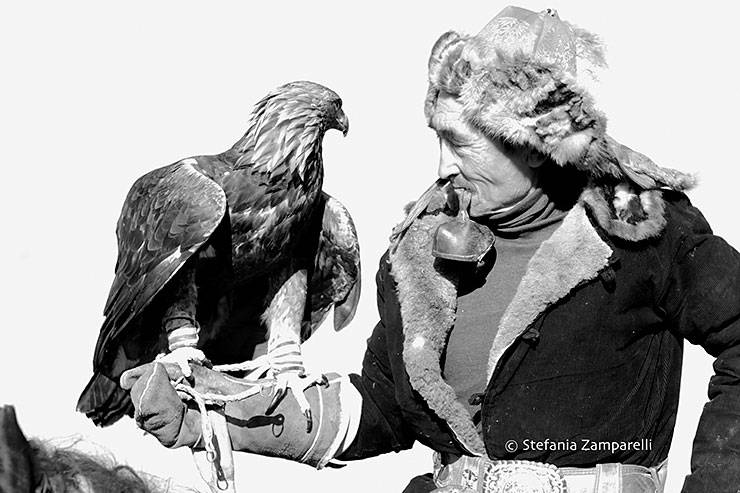






i-Italy
Facebook
Google+
This work may not be reproduced, in whole or in part, without prior written permission.
Questo lavoro non può essere riprodotto, in tutto o in parte, senza permesso scritto.